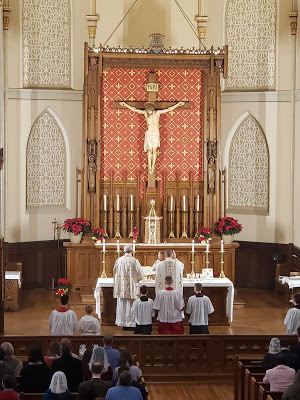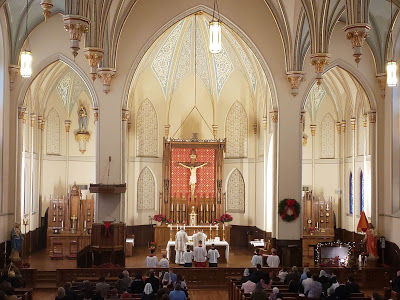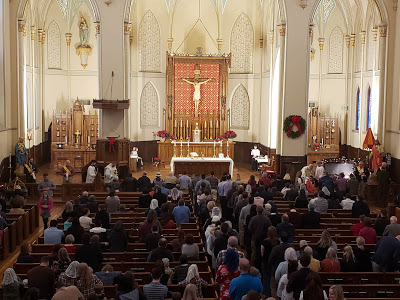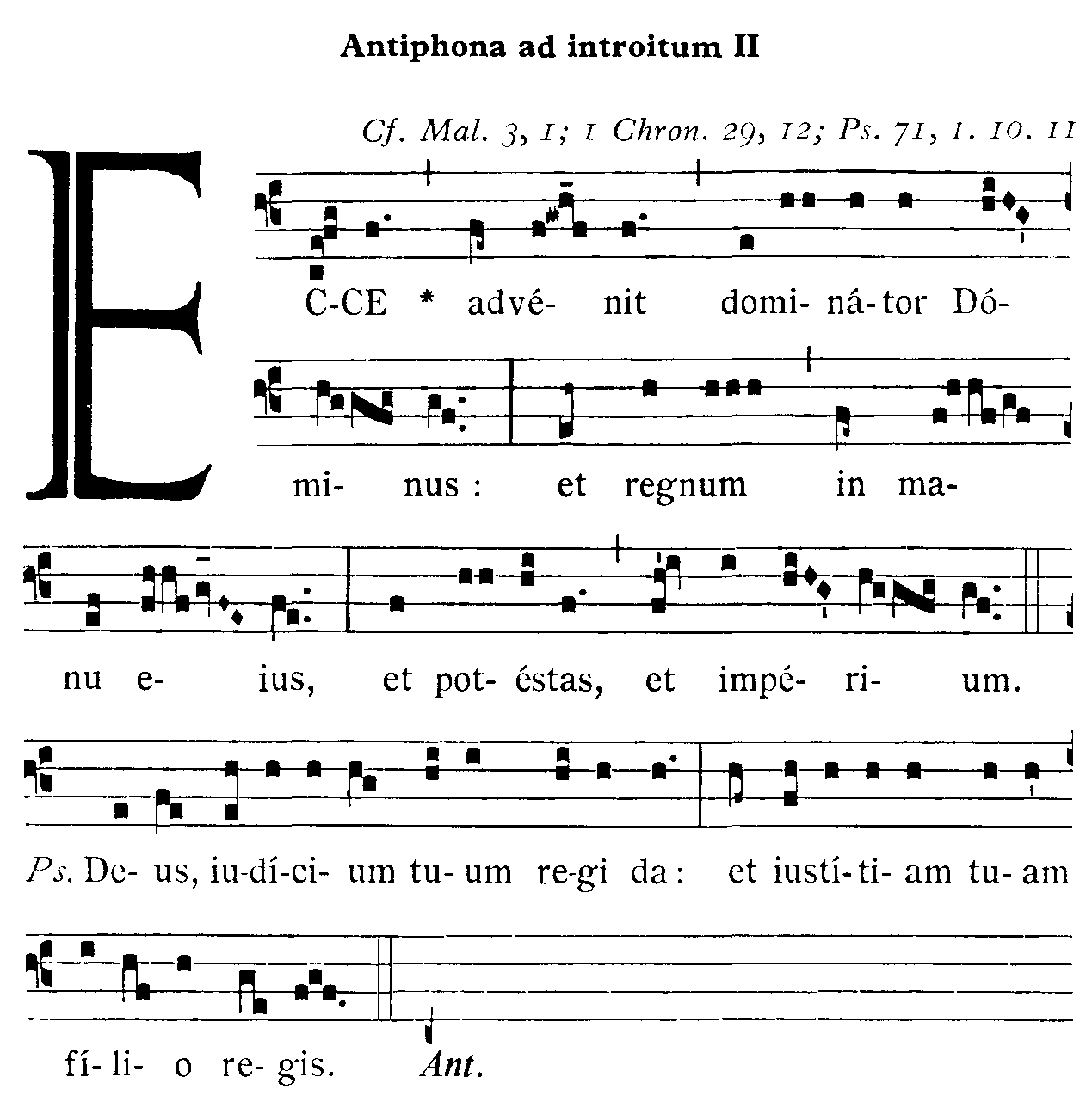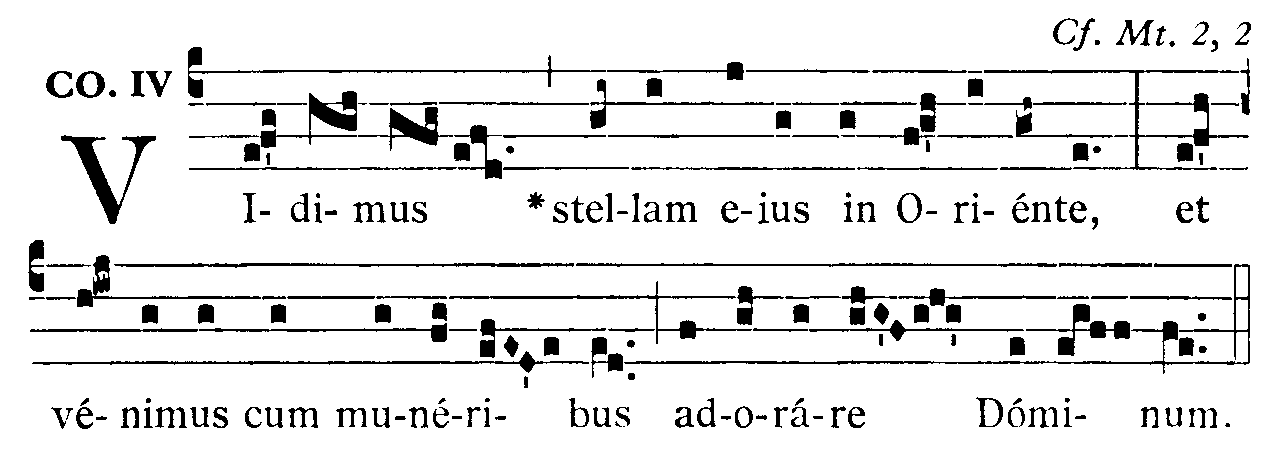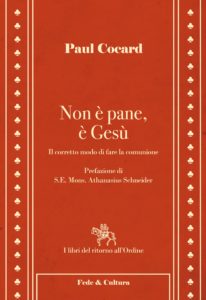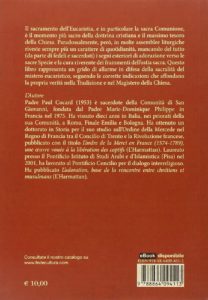Festum
Ubi sollemnitas Epiphaniæ ad dominicam transfertur, quæ die 7 vel 8 ianuarii occurrit, festum Baptismatis Domini celebratur feria secunda sequenti.
Ant. ad introitum Cf. Mt 3, 16-17
Baptizáto Dómino, apérti sunt cæli,
et sicut colúmba super eum Spíritus mansit,
et vox Patris intónuit:
Hic est Fílius meus diléctus,
in quo mihi bene complácui.
Dicitur Glória in excélsis.
Collecta
Omnípotens sempitérne Deus,
qui Christum, in Iordáne flúmine baptizátum,
Spíritu Sancto super eum descendénte,
diléctum Fílium tuum sollémniter declarásti,
concéde fíliis adoptiónis tuæ,
ex aqua et Spíritu Sancto renátis,
ut in beneplácito tuo iúgiter persevérent.
Per Dóminum.
Vel:
Deus, cuius Unigénitus
in substántia nostræ carnis appáruit, præsta, quǽsumus,
ut, per eum, quem símilem nobis foris agnóvimus,
intus reformári mereámur.
Qui tecum.
Dicitur Credo.
Super oblata
Súscipe múnera, Dómine,
in dilécti Fílii tui revelatióne deláta,
ut fidélium tuórum oblátio in eius sacrifícium tránseat,
qui mundi vóluit peccáta miserátus ablúere.
Qui vivit et regnat in sǽcula sæculórum.
Præfatio: De Baptismate Domini.
Ant. ad communionem Io 1, 32.34
Ecce de quo dicébat Ioánnes:
Ego vidi et testimónium perhíbui, quia hic est Fílius Dei.
Post communionem
Sacro múnere satiáti,
cleméntiam tuam, Dómine, supplíciter exorámus,
ut, Unigénitum tuum fidéliter audiéntes,
fílii tui vere nominémur et simus.
Per Christum.
A feria II post hanc dominicam usque ad feriam III ante Quadragesimam decurrit tempus “per annum”.
© Copyright – Libreria Editrice Vaticana
Messalino in PDF con letture in lingua italiana (da stampare su fogli A3 fronte/retro) – presto disponibile
Missalette in PDF with readings in English (to be printed on A3 sheets, front/back) – available soon

